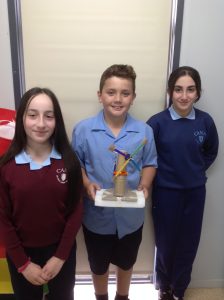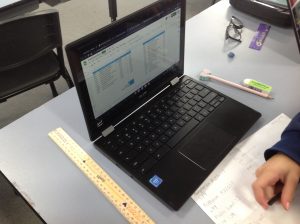Prep
In Term 1, students in Grade Prep learnt about floating and sinking. They participated in floating and sinking experiments. In groups, students planned, designed and created their own boats which they tested to see if they floated or sunk.
In Term 2, students in Grade Prep explored Digital Technology and the different devices that they use everyday. In groups, students investigated ways to stay safe online. They created a poster showing their understanding.
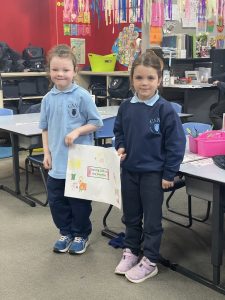
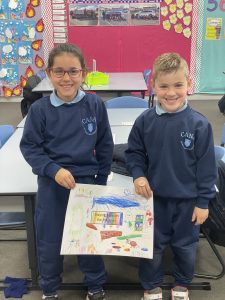
Grade 1
In Term 1, through the story of The Three Little Pigs, students investigated the strength of materials. In groups, they planned, designed and created a house for the Three Little Pigs and tested the strength of the materials used to construct the house.
In Term 2, Grade 1 students explored Digital Technology and the difference between hardware and software. In groups, students investigated ways to use a device safely, including when online. Students became familiar with the terms algorithms and debug and how they are used in Digital Technology. They followed and created algorithms using movement and symbols.
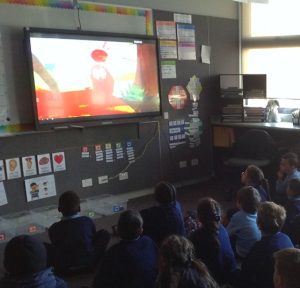
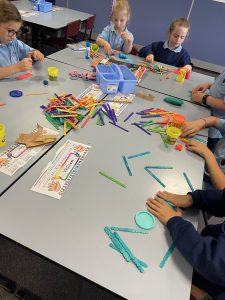
Grade 2
In Term 1, Grade 2 students explored the force of a push and pull, and the different movements that are created. Students listened to the story of The Gingerbread Man. Then, in groups, they planned, designed, created and evaluated a trap to return The Gingerbread Man, using force of a push or pull.
In Term 2, Grade 2 students explored Digital Technology and the different devices that they use everyday. Students explored the difference between hardware and software. In groups, students investigated ways to stay safe online. They created a poster showing their understanding.
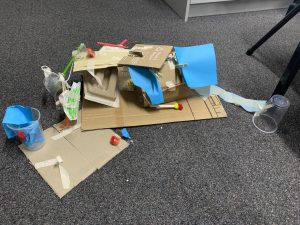
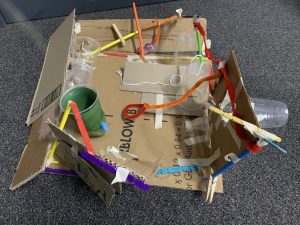
Grade 3
In Term 1, Grade 3 students investigated the force of a push and pull, and the different movements that are created. Students explored the six simple machines and how they are used in our everyday lives. To apply this knowledge, in groups, students planned, designed, created and evaluated a playground.
In Term 2, Grade 3 students explored what Digital Technology is and the peripheral devices we use everyday. They investigated hardware and software and presented their understanding. Students learnt how to use devices and the internet safely. Students used various computer programs to collect data and create graphs.
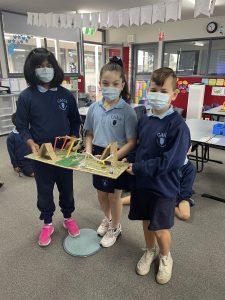
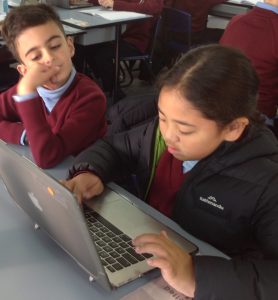
Grade 4
In Term 1, Grade 4 students investigated the natural disaster of an Earthquake. They became familiar with the structure and different features of Earthquake proof buildings. In groups, students planned, designed, created and evaluated an Earthquake proof building.
In Term 2, Grade 4 students explored what Digital Technology is and the peripheral devices we use everyday. They investigated hardware and software and presented their understanding. Students learnt how to use devices and the internet safely. Students used various computer programs to collect and represent data.
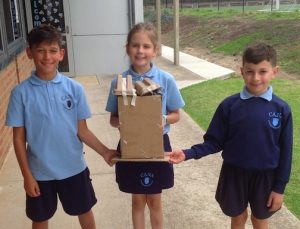
Grade 5
In Term 1, Grade 5 students investigated the force of a push and pull, and the different movements that are created. Students explored the six simple machines and how they are used in our everyday lives. To apply this knowledge, in groups, students planned, designed, created and evaluated a machine.
In Term 2, Grade 5 students explored peripheral devices, and different components of a computer. Students became familiar with the different functions and features of Google Slides. In groups, students created a Mathematics game, incorporating features such as buttons and animations.
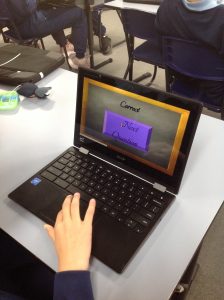
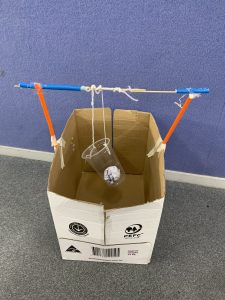
Grade 6
In Term 1, Grade 6 students investigated renewable energy in Australia, particularly wind energy. In groups, students planned, designed, created and evaluated a windmill that could wind a string to lift a pencil.
In Term 2, Grade 6 students explored peripheral devices, and different components of a computer. They investigated wired, wireless and mobile connections. Students used Google Sheets to collect, interpret and represent data. They became familiar with simple formulas that could be used to complete calculations.
